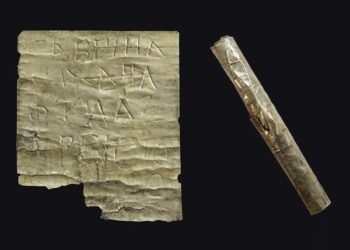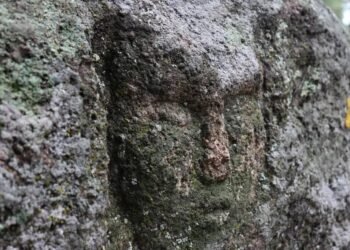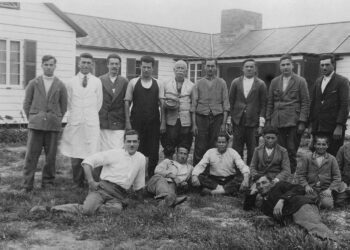San Pedro Nexicho is now a quiet, 150-person town in Oaxaca’s Sierra Juárez mountains, but new archaeological finds show that it was once one of the region’s largest and most important settlements prior to the Spanish Conquest.
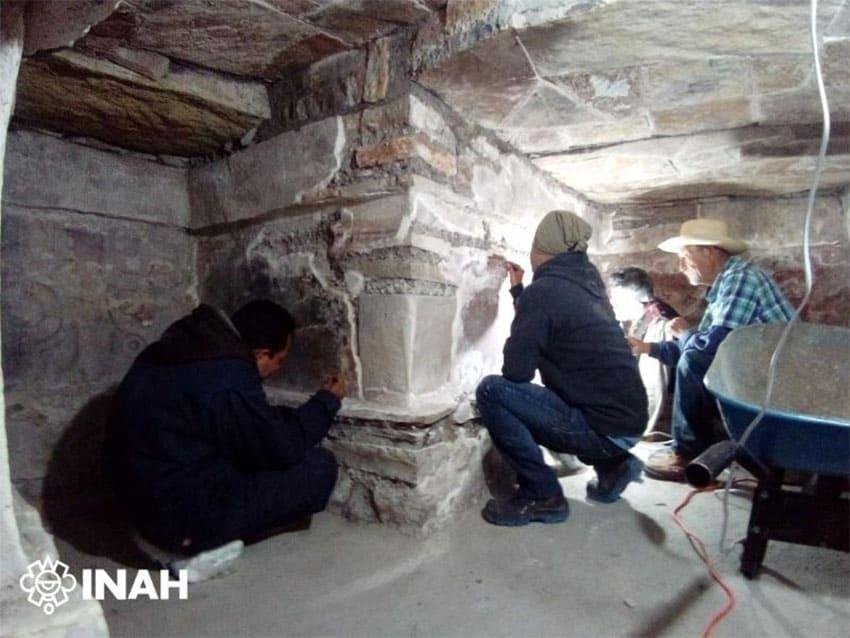
Five ancient Zapotec tombs were recently discovered by the National Institute of Anthropology and History (INAH), bringing the total number of burial monuments discovered in the area to 12. The wealth and importance of the pre-Hispanic village, which was formerly the capital of the Ixtepeji fiefdom, are reflected in the number and elaborate nature of the tombs.
According to INAH archaeologist Dr. Nelly Robles Garca, the INAH Oaxaca Center commissioned a group of professionals to appraise four rectangular tombs and one cruciform after receiving an alert from the Alfredo Harp Hel Foundation (FAHHO) of irregular activity in a number of the tombs. These tombs have been restored, with new coverings and accesses.
Work in the field began between 2015 and 2020, said Robles, adding that the analysis of the archaeological materials is now underway. Upcoming publications on the subject would delve into the significance of San Pedro Nexicho during the pre-Hispanic era, with emphasis on its interaction with the Valley of Oaxaca and the Mixteca, she added.

She explained that the largest tomb, known as Tomb 1, has a cruciform shape and is located on what was formerly a residential terrace. The tomb was looted after it was discovered in 2010 by a nearby resident. However, parts of the funerary paraphernalia, such as a small gold bead and beautiful murals, were discovered and restored. Specialists have rehabilitated the architectural structure and restored the mural painting on the floor.
The tombs of San Pedro Nexicho were occupied during the Classic and Postclassic periods (A.D. 200 to 1521). In this sense, “they will provide us with clues on the themes elite tombs used at that time to add them to the map that includes tombs unearthed in sites like Monte Albán, Atzompa, and Suchiquiltongo in the Valley of Oaxaca,” Robles added.
Only a few small pieces of local ceramic miniatures, shells, and foreign green stones were discovered in three of the tombs. Two of the tombs, however, were intact, including bone material. Despite poor conditions caused by moisture that entered over the last five centuries, these materials will provide information about its former inhabitants.
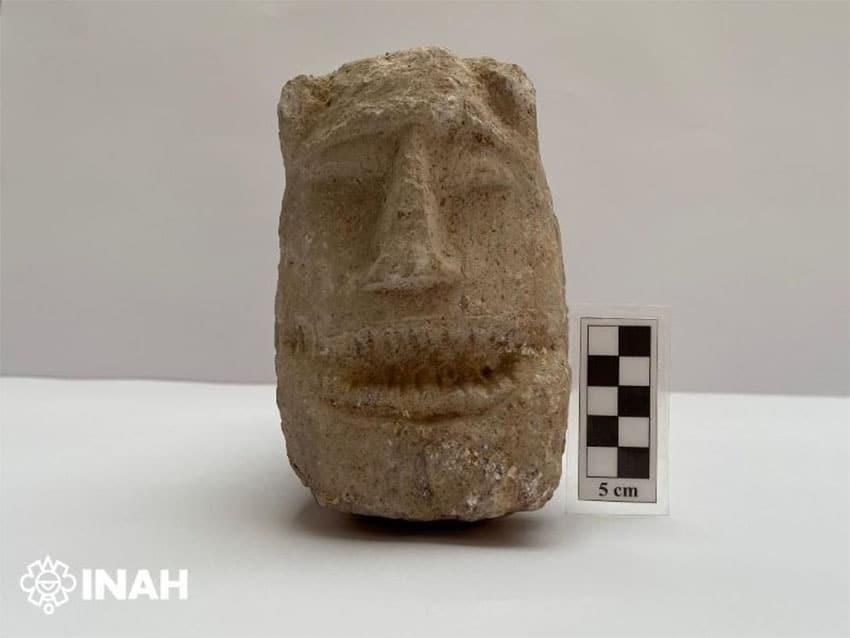
One of the halls of the Community Museum of San Pedro Nexicho is now home to the Sierra Juárez’s first archaeology workspace, which Robles said will help show that Nexicho, the ancient capital of the Ixtepeji fiefdom, was an important enclave on the Zapotec border’s commercial route.
Mexico News Daily / INAH







